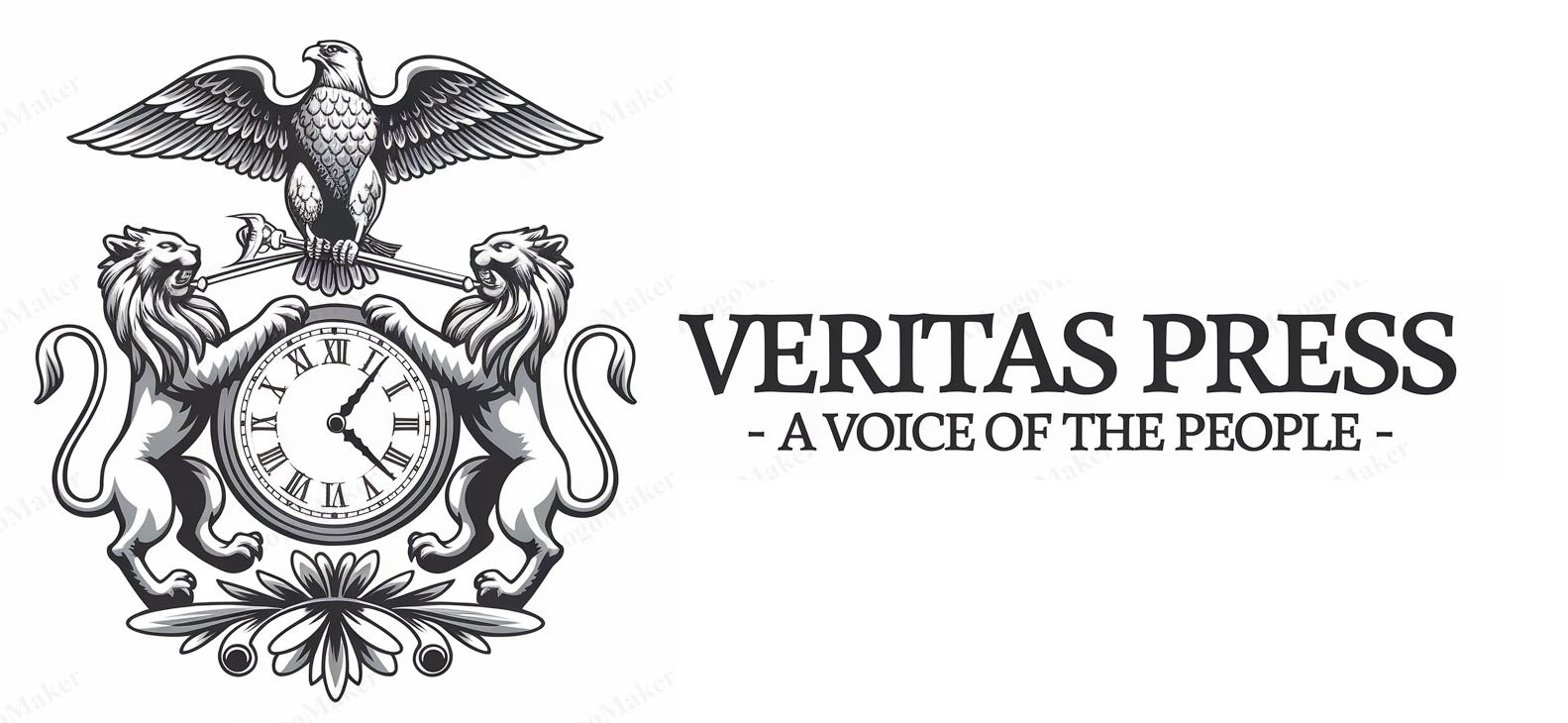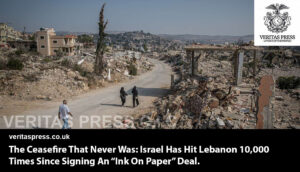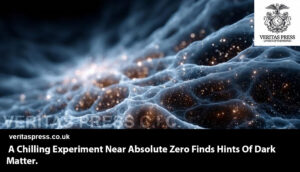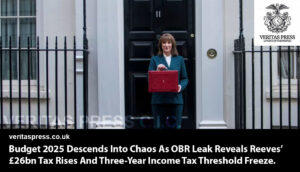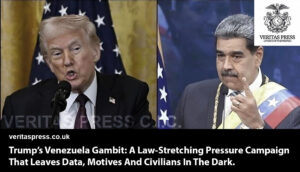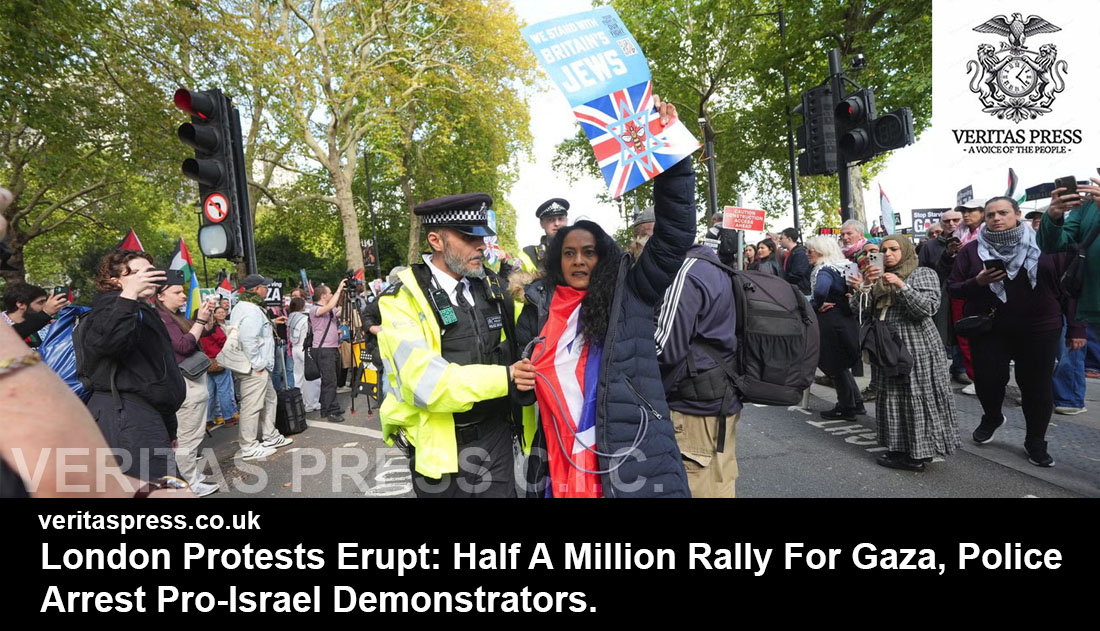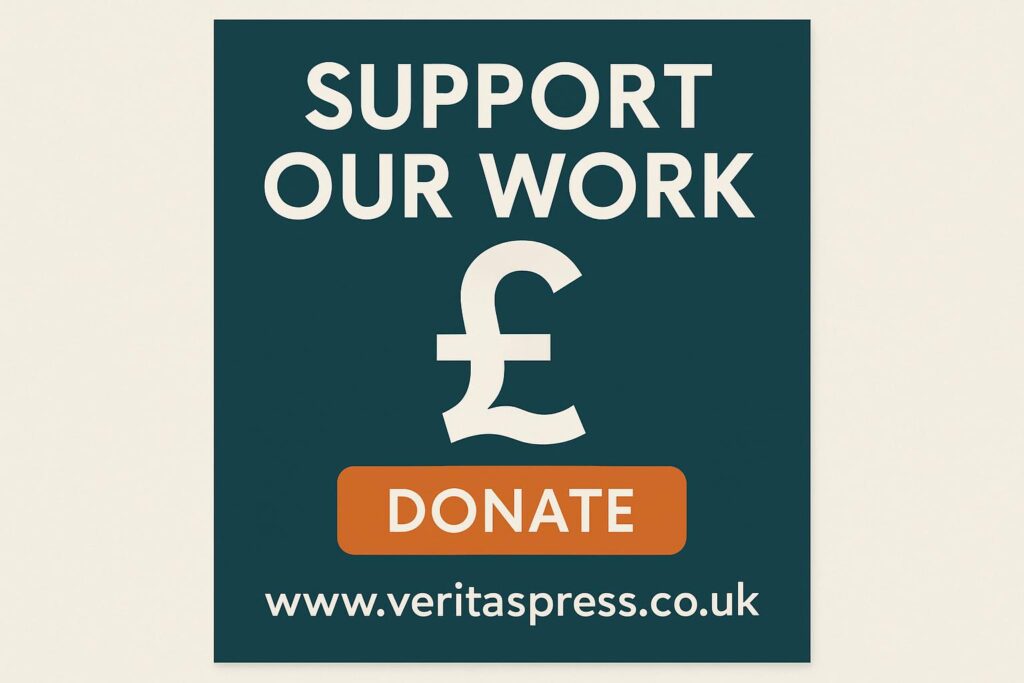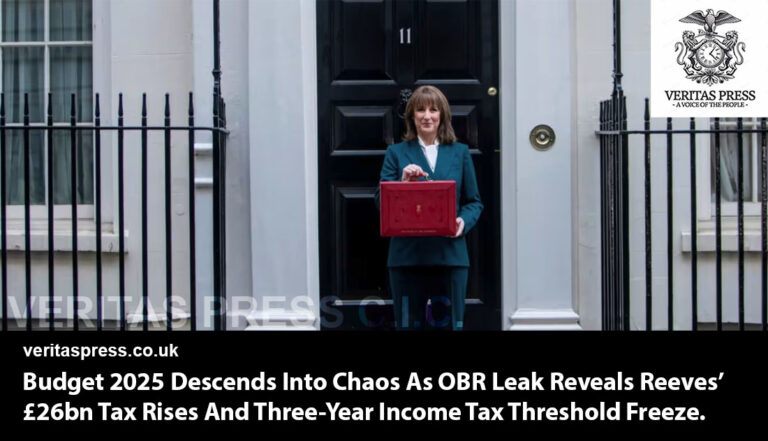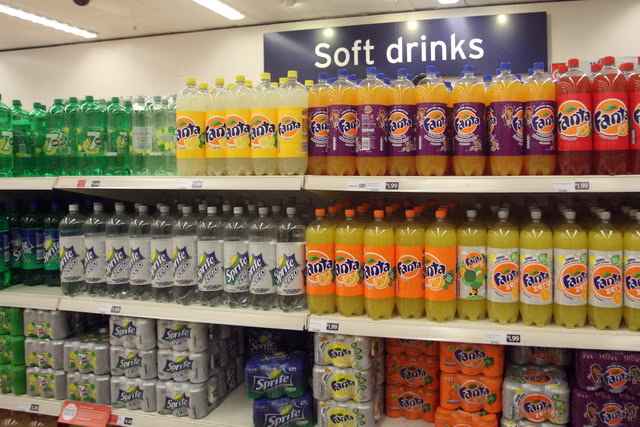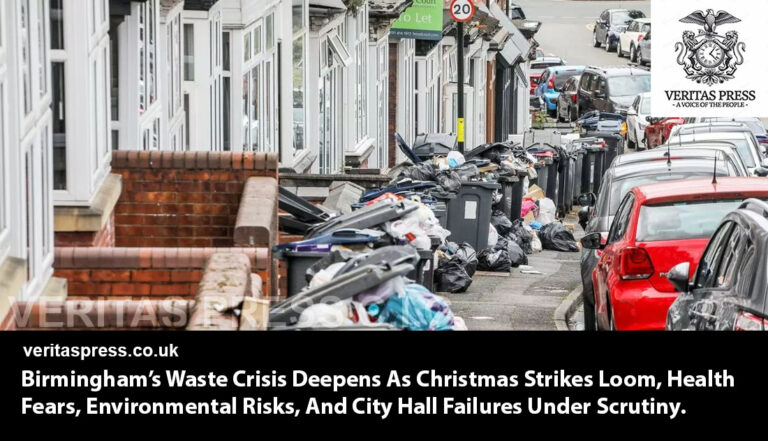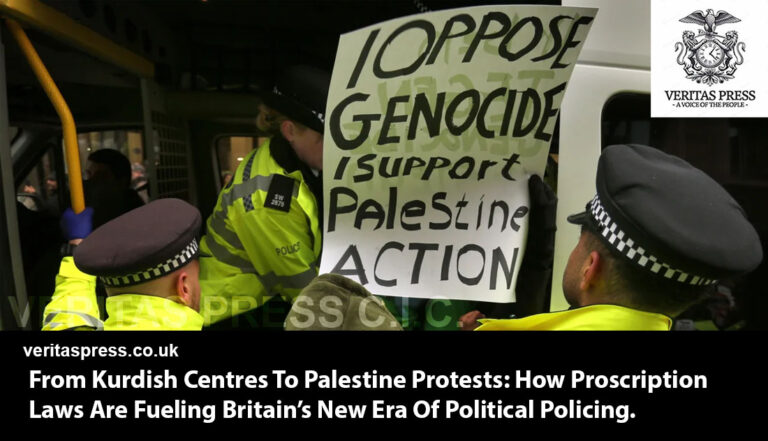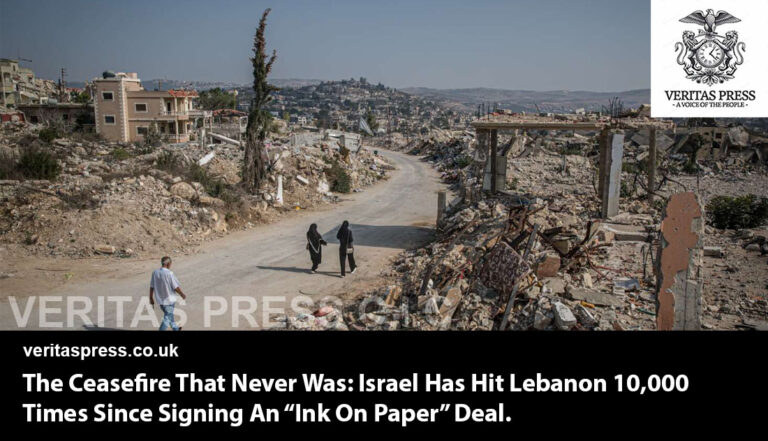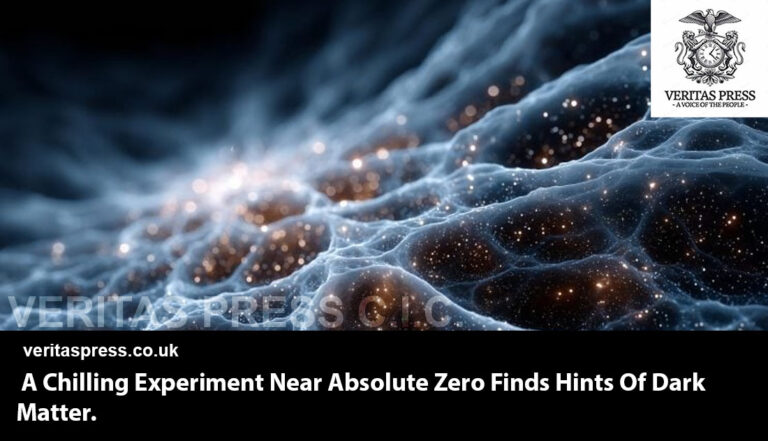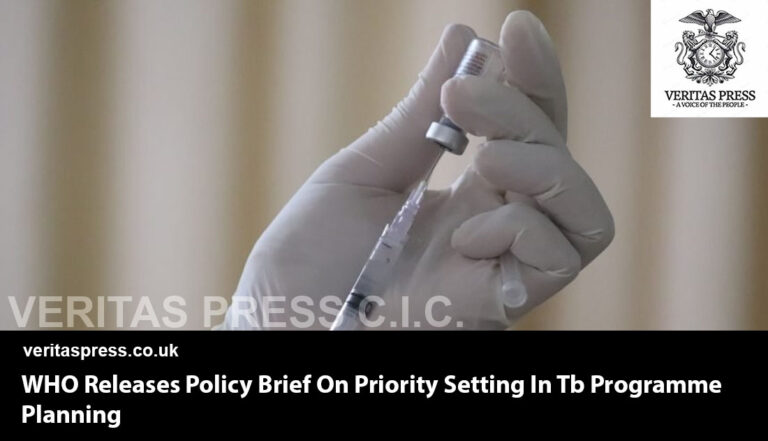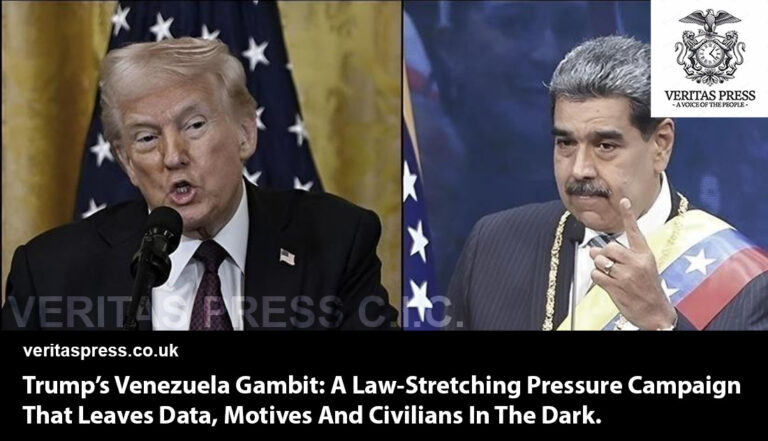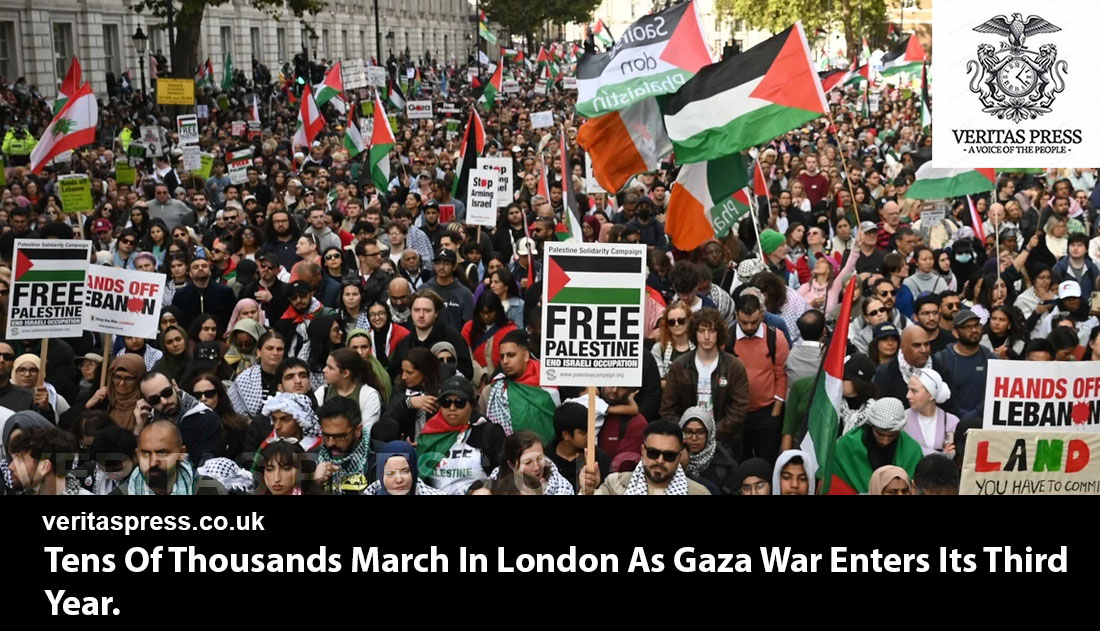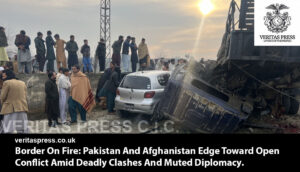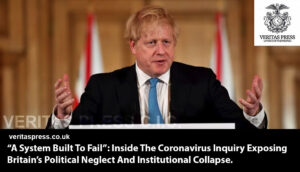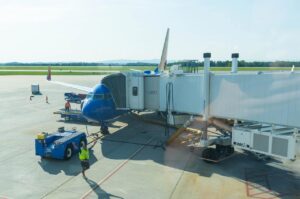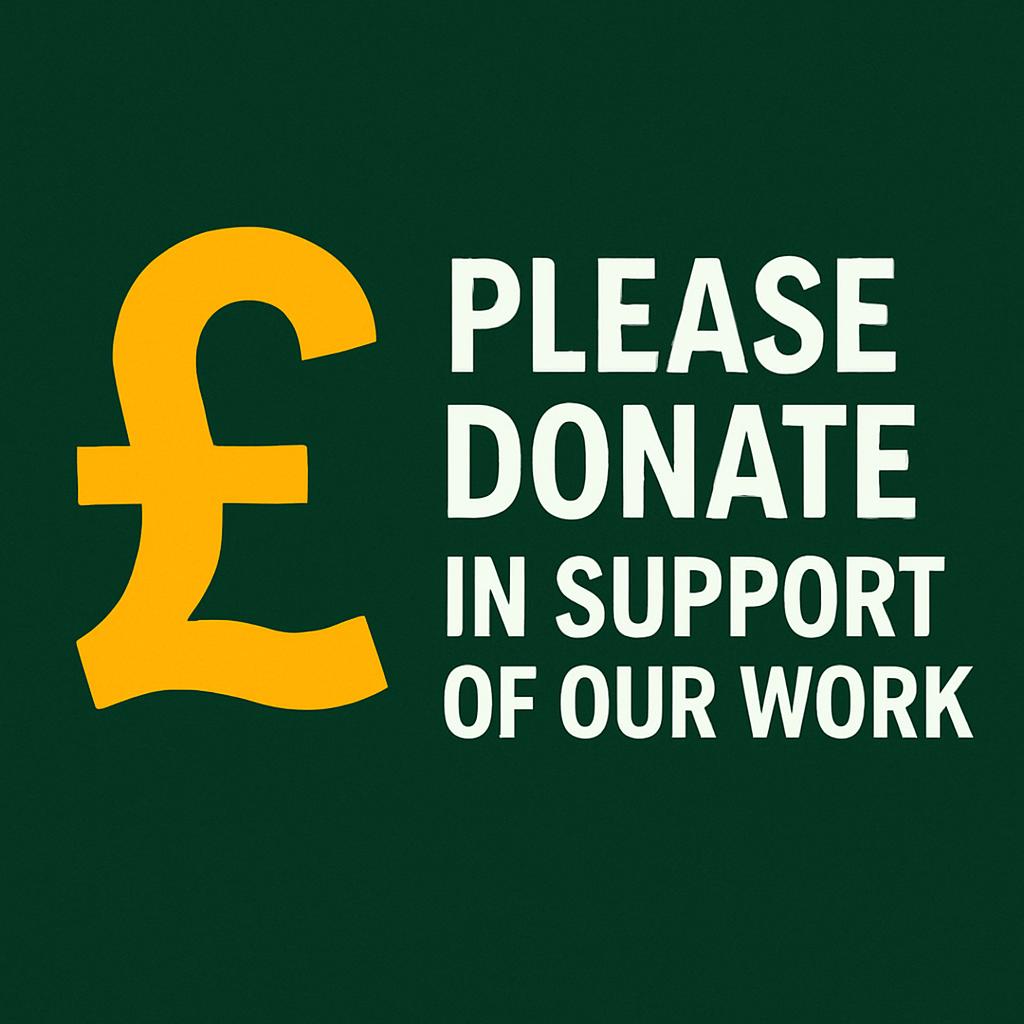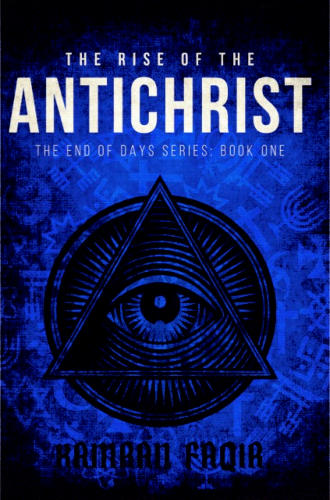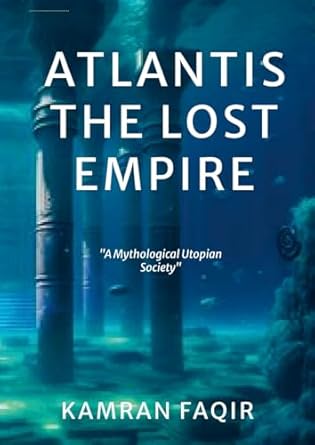London, Saturday, October 11, 2025 — In one of the most dramatic demonstrations in recent memory, hundreds of thousands of pro-Palestinian protesters flooded central London today in a massive march and rally in support of Gaza. According to organisers from the Palestine Solidarity Campaign (PSC), over 500,000 people participated, beginning along Victoria Embankment and culminating with speeches near Downing Street.
The protest comes just as a ceasefire between Israel and Hamas has taken effect, allowing thousands of Palestinians to attempt to return to devastated homes in Gaza. The march, which organisers say is the 32nd national pro-Palestine demonstration since October 2023, also aimed to pressure the UK government on arms sales, accountability for alleged war crimes, and broader political solidarity.
Protesters’ Voices, Atmosphere, And Rhetoric:
From early in the afternoon, the scale of the crowd was visually overwhelming. Streets, bridges, and embankments were packed with Palestinian flags, scarves (keffiyehs), placards, and chants. Several slogans circulated widely: “From the river to the sea, Palestine will be free,” “Stop the genocide,” and “It’s not a crime to act against genocide.”
Some speeches were sharply critical of the UK political establishment. Actress Denise Gough addressed the crowd from a stage near Downing Street, describing her recent visits to the West Bank and Gaza, recounting stories of displacement, destruction, and daily indignities.
Others expressed scepticism or outright rejection of the ceasefire as incomplete, arguing it failed to address underlying structures of control, occupation, settlement building, and legal impunity.
However, not all rhetoric remained peaceful. Multiple outlets report that some demonstrators chanted “death to the IDF,” a phrase that has generated outrage, particularly within Jewish and pro-Israel circles, as well as criticism that such language may cross into endorsement of violence. Critics argue this undermines the legitimacy of a peaceful solidarity movement; defenders contend it expresses protest against a military force accused by many of gross human rights violations.
The tension between freedom of protest and concerns about hate speech is now front and centre in public debate in the UK, especially in the context of rising antisemitism and polarised discourse around Israel/Palestine.
Counter-Protest, Police Action & Arrests:
A counter-protest organised under the name Stop the Hate was staged at the junction of Aldwych and The Strand. There, a group of pro-Israel supporters held placards reading “We stand with Britain’s Jews.” As the pro-Palestine march progressed, some of these counter-protesters were physically removed from the crowd by police.
Scotland Yard reported that in total, 14 arrests were made during the day’s events. Seven of these were for breaching conditions under the Public Order Act; others were for offences including supporting a proscribed group and affray. The Metropolitan Police had earlier imposed conditions under the Public Order Act to limit the potential for serious disruption, defining where protesters could assemble and prescribing the march route.
In prior demonstrations, the government and police have already escalated enforcement of protest restrictions. A recent pro-Palestinian vigil in London saw nearly 500 arrests for allegedly supporting the now-proscribed group Palestine Action. In fact, nearly 900 arrests were made at another protest supporting the group, of which 857 were under the Terrorism Act.
Following that wave of arrests, the government announced plans to permit police to take into account the cumulative impact of repeated protests when deciding whether to impose restrictions, in effect, giving law enforcement power to limit or relocate demonstrations that occur frequently in the same places. Home Secretary Shabana Mahmood defended the move as a way to safeguard communities (especially Jewish ones) from feeling under siege, though critics claim it may erode civil liberties and free speech.
In the legal limbo cast by these changes, protest organisers and civil liberties campaigners fear that peaceful dissent, especially where it references controversial slogans or involves banned groups, may increasingly be met with criminalisation.
Political Context & Aftermath:
This protest does not exist in isolation. It unfolds amid a backdrop of sharply divided public opinion over the Gaza conflict, a fragile ceasefire, and intense scrutiny of the UK government’s foreign policy and handling of domestic dissent.
Earlier this month, the government designated Palestine Action as a terrorist organisation, a controversial move that has provoked backlash from human rights groups, campaigners, and legal experts who argue that nonviolent activism is being conflated with extremism. A court challenge is underway.
The cumulative effect of these protests is that UK public discourse has become ever more polarised: calls for more rigorous policing and protest control are being pitted against concerns over civil liberties, free speech, and the moral imperative many feel to protest in solidarity with Gaza.
In the coming days, scrutiny will fall on how the police engage with further protests, whether additional arrests are made (especially for “breach of conditions” or support for banned groups), and whether the government’s new powers will be tested or challenged in courts.
Reflections & Questions Ahead:
- Scale vs cohesion: A turnout of half a million (if the organisers’ figure is accurate) is staggering, but it also raises questions about organisational coherence, message discipline, and accountability for fringe elements of the crowd (e.g. those chanting endorsing violence).
- Freedom of expression vs hate speech: The boundary between protest rhetoric and incitement remains contested. Authorities, courts, and civil society will face pressure to draw clearer lines, particularly when chants like “death to the IDF” reappear.
- Policing and protest law: The government’s move to enable consideration of cumulative protest impact may give authorities increasingly broad discretion to limit demonstrations before they happen. How that power is used, and challenged, will shape the future of protest in the UK.
- Domestic politics & foreign policy: The protests put heavy pressure on the Labour government, which must navigate both its commitments abroad and manage domestic tensions (especially antisemitism, Islamophobia, and demands for accountability).
- Sustainability: Can the momentum of such mass mobilisations be sustained, channelled into political advocacy or legislative pressure, without fracturing or being co-opted?
Conclusion: A Nation On Trial, Protest, Power, And The Hidden Hate.
Saturday’s rally in London was more than a mass demonstration; it was a living indictment of the suppressed contradictions at the heart of British public discourse. Half a million voices demanded justice and accountability. The state’s response, arrests, restrictions, and rhetorical condemnation, was not only about crowd control but about reasserting control over the very terms of dissent.
Yet the sharper fault line lies in what the media refuses to see. In the UK press and television coverage, isolated chants of “from the river to the sea” or criticism of Israel are often framed as dangerous or antisemitic. Meanwhile, the far more overt and violent slogan “Death to Arabs,” a phrase with genocidal overtones, is routinely omitted, minimised, or glossed over when chanted by Jewish ultranationalist marchers within Israel. That selective blindness is not mere oversight; it is part of a system of framing that sanitises settler violence while criminalising resistance.
This is not a hypothetical. In multiple recent Jerusalem Day “Flag Marches,” large contingents of Israeli nationalists openly chanted “Death to Arabs,” “May your villages burn,” and variations thereof. During one such event in May 2025, the march through the Muslim Quarter included banners and chants explicitly celebrating the subjugation of the Arab population. The practice is long documented; the Wikipedia entry on “Death to Arabs” traces it to repeated use in protests, sports stadiums, and settler violence.
Yet in British media coverage of London protests, these facts are seldom mentioned. No headlines question the equivalence of condemnation or scrutiny. No op-ed demands accountability for genocidal speech in the name of Zionism. In the narrative frame, protesters in London remain the deviant fringe; extremism at home is left in the dark.
This asymmetry has two critical effects:
- Moral inversion: The powerful are insulated from scrutiny; the powerless are presumed suspect. Palestinians demanding justice are demonised; Jews chanting “Death to Arabs” are ignored.
- Discursive capture: By failing to name and condemn hate speech when it comes from a favoured or allied side, media institutions tacitly define what counts as legitimate dissent or extremist violence. The result is a narrow Overton window that constrains what can even be said publicly.
In Whitehall, the chants and arrests may fade by tomorrow’s headlines. But their real significance lies in what they reveal: that in the UK today, solidarity with the oppressed is being criminalised, while supremacist violence is erased from view. The climate being shaped is one where dissent is securitised, and activism itself is policed.
If Britain values freedom, not only of speech, but of conscience, then the framing of these protests must be contested. The media, the state, and the public must be asked: why is anti-Arab genocide speech invisible, while pro-Palestine slogans are ensnared by law? Because if only one side’s hatred is deemed unfit for public life, then what we are witnessing is not the enforcement of order, it is the institutionalisation of silence.
